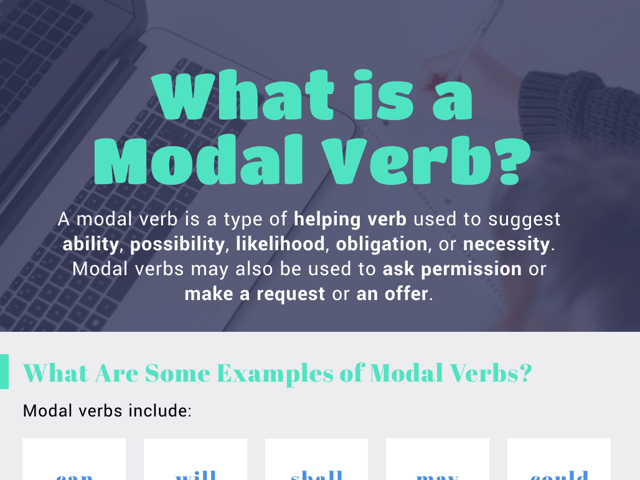
Five Mistakes to Avoid on the TOEFL® Reading Test
The Reading portion of the TOEFL® test includes three or four passages from academic texts with questions about each. You are allotted between 60 and 80 minutes to complete the 36 to 56 questions. This can be nerve-wracking for those who struggle with reading in English or those who are not confident in their reading speed and worry they will run out of time. Although it might seem like the best approach is to learn speed reading, there are more practical ways to tackle this section of the test.
Here are some common mistakes made by people who take the Reading section of the TOEFL® and some ideas about how to avoid making them yourself:
Reading the Whole Passage
Students who plan to read the whole passage, word by word, will run out of time. There is just too much challenging information to process, which will take too much time if you try to read every word. It takes too long to read the whole passage and the questions and the answer options and give yourself enough time to answer the questions. So, try this approach instead.
-
Scan the text first. The test makers give you clues about the content of the passage; you just have to pick up on them. How long is the passage? Does it have a title? Does that title give a sense of what the text will be about? Are there any graphics or images included with the text? What purpose might they serve?
-
Understand the structure of the text. *
- Key information is generally going to be found in the first paragraph (commonly the introduction paragraph). This is where an author introduces the subject to the reader, provides necessary background information, and presents the thesis statement, which is the author’s point of view or perspective on the topic he or she will be writing about.
- After the first paragraph, the body paragraphs (which is where the author further develops his or her thoughts and provides details, examples, evidence, and support) can be skimmed. The most effective way to review the body paragraphs is by reading the first sentence of each. Known as the topic sentence, this sentence is intended to introduce the reader to the focus of the rest of the paragraph. It should give you an idea of what the content of the paragraph is without having to read the whole thing.
- You may also want to read the last paragraph (the conclusion), as that is where the author draws his or her argument to a close, summarizes the main points presented in the body paragraphs, and leaves the reader with something to consider after reading the text.
Reading the Passage, Then Tackling the Questions
It makes logical sense that If you are going to have to answer questions about a passage that you should read it first and then answer the questions. However, skimming the questions first and referring back to them regularly as you read the text can be a better, time-saving approach.
The questions generally follow the order of the reading, so if you look at the questions and read the passage at the same time, you can be looking for the answers. It’s also helpful because if you can’t find an answer to a question but could answer the question before or after it, you have an idea of which section of the text to go back and take another look at to find the missing answer.
Knowing the common structure of writing (that it has a beginning or introduction, middle or body paragraphs, and an end or conclusion), and understanding the purpose of each of these parts of a text will help you navigate through more effectively to look for the answers to the questions.
Not Taking Notes
Because it’s a “reading” test, most people don’t think about taking notes. And the notes we are talking about aren’t about the content of what you read. We mean taking notes about the questions, marking the answer options you know you can eliminate and noting which questions you might want to return to if you are unsure of the answer and want to come back to for a second look. Don’t be afraid to use the scrap paper provided to jot down the answer options (just the letters) and cross out the ones you know can’t be the right answer. Make educated guesses from the answer options that remain (if more than one seems possible to you), and use the Review button to see which questions you have answered and which ones you skipped with the idea that you would return to them. Noting which questions might need a review will help you come back to them faster.
Practicing with Any Old Testing Materials
Not all test prep is created equal. General test prep can provide some good insight and advice that can be applied to multiple testing situations, but your TOEFL® test practice should come from TOEFL® released questions and materials developed to mimic the actual test.
Analysis of your skills on real practice TOEFL® tests will prepare you so that you know your strengths and areas for further study ahead of the test. If you are taking practice tests or studying practice material that is not necessarily TOEFL®-approved or doesn’t follow the same format or assess the same skills or material, then you’re not getting the best practice to prepare you for the actual exam. Note that practice materials for this test available at Union Test Prep were designed by experts in the field and based on official lists of TOEFL®-required skills. Also, because the test is timed, try completing some practice tests with a timer set.
In addition, it doesn’t do much good to practice to see what you got wrong if you don’t then take it a step further and explore why you got it wrong. If you don’t know why an answer is wrong, you are likely to get it wrong again and again. If you track your progress on practice tests and analyze your testing data, you are more likely to understand why you got a question wrong and can avoid making that same mistake in the future.
Racing through to beat the clock
Although it is a timed test, there is no prize for finishing first, so take your time and read the questions and answer options carefully before making your selection. When you race through, you risk missing out on key words in the questions, answer options, or passage that could help you answer correctly.
In the passage, look for transition words that shift the reader from one idea to the next, introduce an example or detail, add more information, or suggest a summary. Words or phrases like however, on the other hand, for example, although, similarly, in addition, and so on are important transition markers and usually indicate something important is happening in the text and that you should pay attention.
In the test questions, test makers are in the business of tricking test takers, and those who don’t take their time and read carefully may overlook key words in the question that change the focus of the question (words like not, except, or best), causing them to select the wrong answer. Rushing makes it more likely that you will misread a question or answer option.
If time remains after you have completed all of the questions, go back and double-check your answers, especially on ones that you weren’t sure about. Don’t second guess yourself or your answers, but if, in your review, you see that you made an obvious mistake, correct it before time runs out.
The Reading portion of the TOEFL® is manageable if you prepare for it ahead of time. Remembering these common mistakes and employing some strategies to avoid them will help you score well.
Keep Reading

TOEFL Test Blog
Is the TOEFL Test Hard?
The TOEFL test, or Test of English as a Foreign Language, is one of the…

TOEFL Test Blog
What’s New for the TOEFL® Test?
The TOEFL® test is designed to measure English proficiency in speaking,…

TOEFL Test Blog
What Is a Modal Verb?
Modal verbs. What on earth is a modal verb?! A “model” verb would be a …